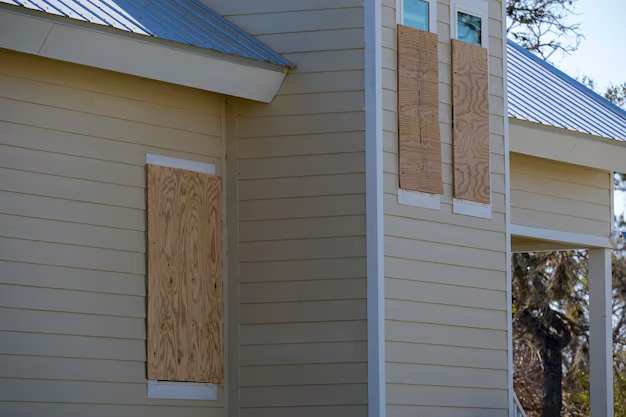Choosing the Right Plywood for Your Roof: Essential Considerations
When embarking on a roofing project, every decision you make has a significant impact on the durability and efficiency of your roof. One common question for homeowners and builders is what size plywood to use for roofing. The answer isn't a one-size-fits-all and depends on various factors such as load-bearing requirements, local building codes, and climatic conditions. Here’s a concise guide to help you make an informed decision.
Understanding Plywood Types and Sizes
Plywood is an essential component in roof construction, offering a robust platform for roofing materials while contributing to the overall structural integrity. The most common thickness for roof sheathing includes:
- 3/8 inch (9.5mm): Suitable for areas with lighter loads, this is typically used in regions with temperate climates and minimal risk of heavy snowfall or strong winds.
- 1/2 inch (12.7mm): A more versatile option, half-inch plywood is favored for residential roofs in most areas, providing a balance between strength and weight.
- 5/8 inch (15.9mm): Recommended for severe weather conditions, it offers additional strength to withstand greater wind and snow loads.
- 3/4 inch (19.1mm): Used in commercial buildings or specific residential properties, mainly where extra span strength is required.
When choosing plywood thickness, also consider the spacing of the trusses or rafters. Closer spacing allows for the use of slightly thinner plywood.
Key Considerations for Choosing Plywood
- Local Building Codes: Always check the building codes in your area. These regulations provide guidelines based on environmental factors and structural requirements.
- Climatic Conditions: In areas prone to heavy rain, snow, or strong winds, thicker plywood can provide additional security.
- Span Ratings: Ensure the plywood meets recommended span ratings. This rating indicates the maximum distance the plywood can span between supports while maintaining structural integrity.
Transitioning to Financial Considerations
Once you've scoped out the technical aspects of your roofing project, you might find yourself grappling with potential high costs. Fortunately, there are financial assistance and aid programs that can ease the burden.
Financial Assistance and Grant Opportunities
Here’s a compelling list of financial options that can transform your roofing project from a looming expense into a manageable, affordable task:
🏡 Government Housing Grants: Investigate federal and state-level grants available for housing renovations, which might cover roofing upgrades.
💸 Low-Interest Loans: Consider financing options such as FHA Title I loans, which cater to home improvements and provide favorable terms for homeowners.
🌟 Contractor Financing Plans: Some roofing contractors offer in-house financing with manageable monthly payments.
📚 Educational Grants for Sustainability: If your roofing project includes green enhancements like solar panels, you might qualify for additional educational grants promoting sustainability.
💳 Credit Card Solutions: Use credit cards with 0% introductory APR offers for maximum flexibility during initial phases of payment.
Staying informed and prepared can save both time and money. Whether through understanding roofing materials or leveraging financial support effectively, you can ensure your roofing project stands sturdy against both physical and financial storms.
